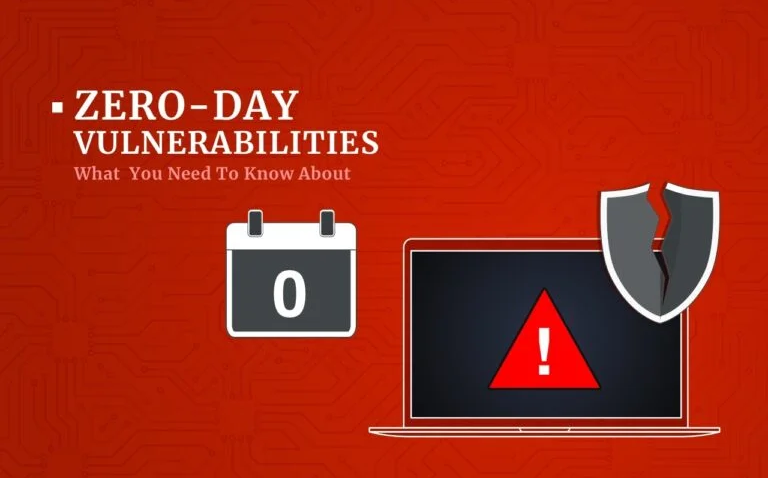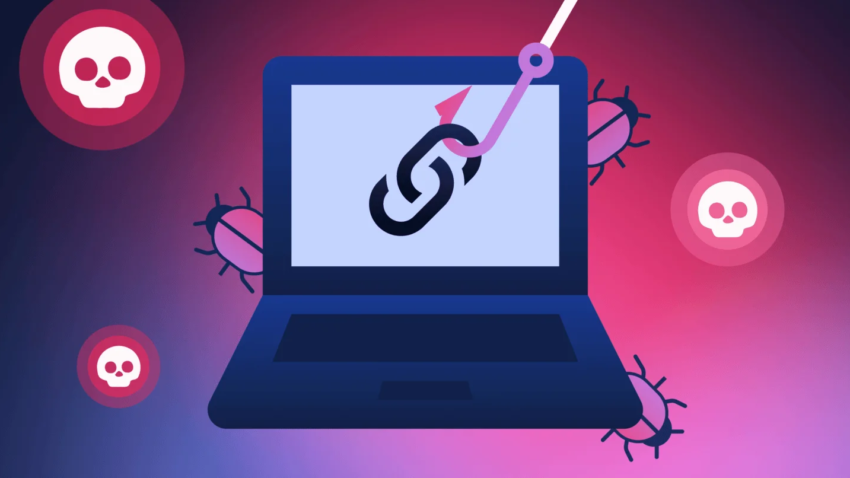GRC is commonly known as Governance, Risk & Compliance. It is an organized method that helps companies to handle governance concerns, recognize and reduce risks, and guarantee adherence to internal, external, and legal obligations. A company’s risk profile, control environment, and compliance status can all be seen at once thanks to GRC frameworks, which help with strategic alignment and well-informed decision-making across different departments and functions.
GRC is a vital strategic initiative that enables organizations to navigate the complexities of IT governance, risk management, and compliance effectively. By adopting a holistic GRC approach and integrating it into the organizational culture and strategic planning process, organizations can achieve sustainable growth, resilience, and success in today’s dynamic and interconnected business environment.
Components
Governance:
-
- Strategic Alignment: Ensuring that organizational objectives and strategies are aligned with stakeholders’ expectations and regulatory requirements.
-
- Policy Management: Developing, communicating, and enforcing policies, procedures, and guidelines to guide organizational behavior and decision-making.
-
- Performance Monitoring: Monitoring and evaluating governance processes and outcomes to identify areas for improvement and ensure accountability.
Risk Management:
-
- Risk Identification: Identifying potential risks and vulnerabilities that could impact the achievement of organizational objectives.
-
- Risk Assessment: Evaluating the likelihood and impact of identified risks to prioritize them and allocate resources effectively.
-
- Risk Mitigation: Implementing controls, measures, and strategies to mitigate identified risks and enhance organizational resilience.
Compliance:
-
- Regulatory Compliance: Ensuring adherence to applicable laws, regulations, and industry standards to avoid legal repercussions and penalties.
-
- Internal Compliance: Aligning with organizational policies, standards, and contractual obligations to maintain consistency and integrity across operations.
-
- Compliance Monitoring: Monitoring compliance activities, conducting audits, and reporting compliance status to stakeholders to demonstrate adherence and identify areas for improvement.
Importance Of GRC
-
- Enhanced Decision-Making:
GRC frameworks provide organizations with actionable insights and data-driven intelligence to make informed decisions, optimize resources, and prioritize initiatives effectively.
-
- Operational Efficiency:
By streamlining processes, automating workflows, and eliminating redundancies, GRC helps organizations enhance operational efficiency, reduce costs, and improve productivity.
-
- Risk Reduction:
GRC enables organizations to proactively identify, assess, and mitigate risks, minimizing potential disruptions, and ensuring business continuity and resilience.
-
- Stakeholder Trust and Confidence:
Demonstrating a commitment to robust governance, risk management, and compliance practices enhances stakeholder trust, fosters confidence, and strengthens organizational reputation and credibility.
It’s Implementation
-
- Leadership Commitment: Obtain commitment from senior management to support and champion the implementation of ISO 27001. This includes allocating resources, defining roles and responsibilities, and endorsing the importance of information security.
-
- Scope Definition: Clearly define the scope of the ISMS, including the boundaries, assets, processes, and locations to be covered by the certification.
-
- Gap Analysis: Conduct a thorough assessment of the organization’s current information security practices against the requirements of ISO 27001:2022. Identify gaps and areas for improvement.
-
- Risk Assessment and Treatment: Perform a comprehensive risk assessment to identify and prioritize information security risks. Develop and implement risk treatment plans to address identified risks effectively.
-
- Policy Development: Develop an Information Security Policy that aligns with the organization’s objectives and complies with the requirements of ISO 27001. This policy should provide a framework for managing information security across the organization.
-
- Documentation and Procedures: Develop documented procedures and guidelines for implementing, monitoring, and maintaining information security controls. This includes policies, procedures, work instructions, and records required by ISO 27001.
-
- Training and Awareness: Provide training and awareness programs to ensure that all employees understand their roles and responsibilities in maintaining information security. This includes training on policies, procedures, and best practices.
-
- Implementation of Controls: Implement the necessary security controls and measures identified during the risk assessment process. This may include technical, organizational, and physical controls to mitigate risks effectively.
-
- Monitoring and Measurement: Establish processes for monitoring, measuring, analyzing, and evaluating the performance of the ISMS. This includes regular audits, reviews, and assessments to ensure compliance and effectiveness.
-
- Management Review: Conduct regular management reviews of the ISMS to assess its performance, identify areas for improvement, and make necessary adjustments to enhance effectiveness.
-
- Internal Audit: Perform internal audits to verify compliance with ISO 27001 requirements, identify non-conformities, and ensure continual improvement of the ISMS.
-
- Certification Audit: Engage a third-party certification body to conduct a formal audit of the ISMS against the requirements of ISO 27001. Address any findings and implement corrective actions as necessary.
-
- Continual Improvement: Establish processes for continual improvement of the ISMS based on lessons learned, feedback, audit results, and changes in the organization’s context or risk landscape.
-
- Maintain Certification: Maintain compliance with ISO 27001 requirements and undergo periodic surveillance audits to retain certification.
For more such informtion on ISO 27001 related topics follow us on –

